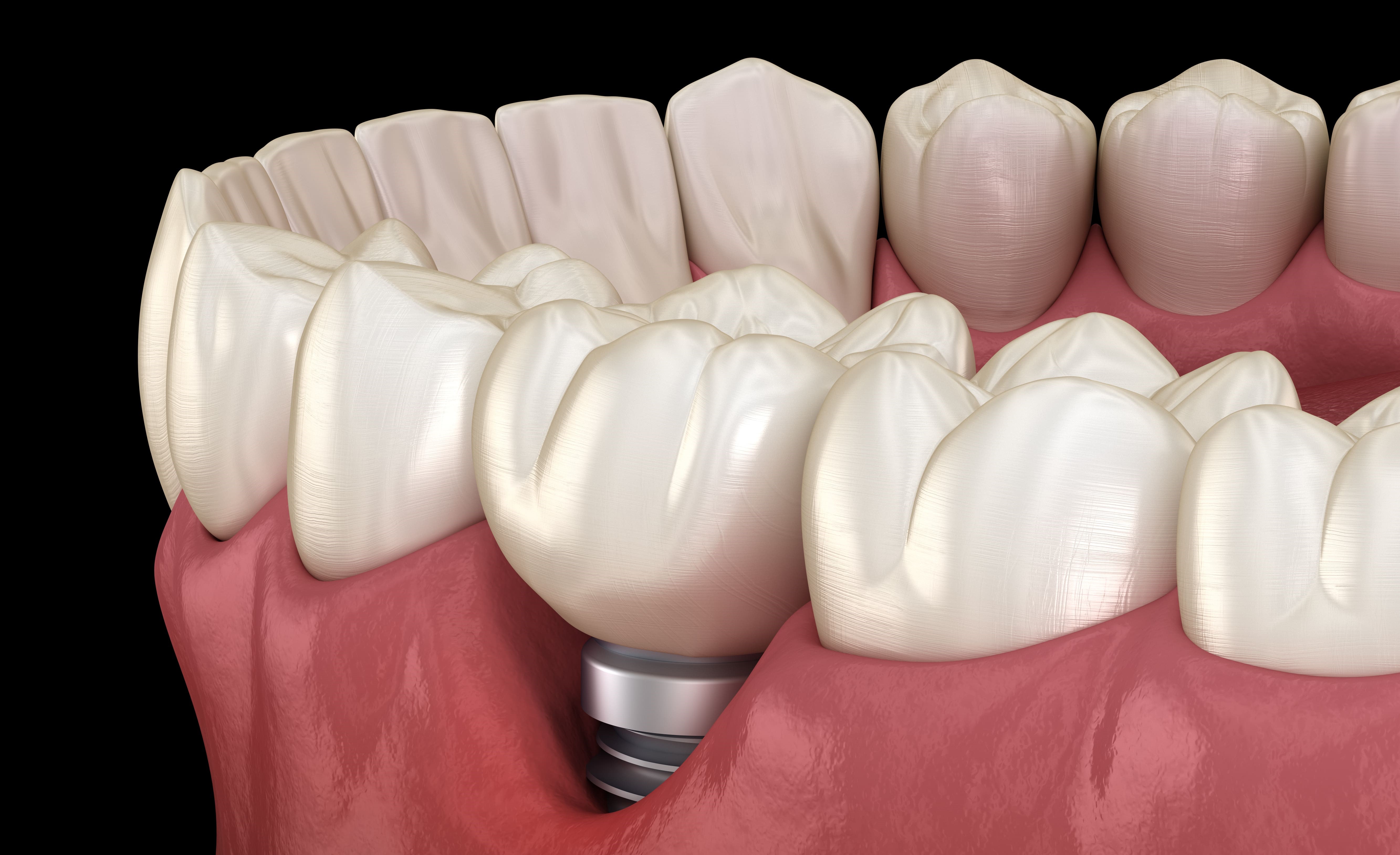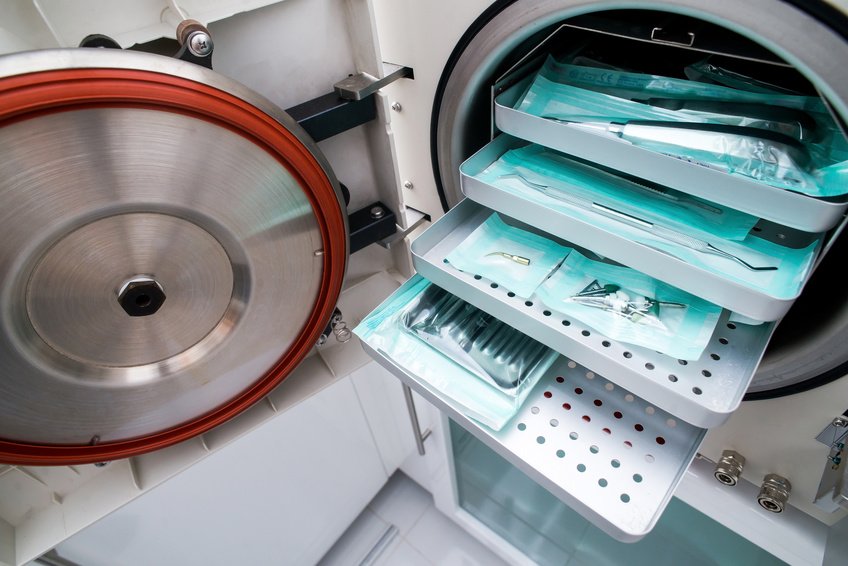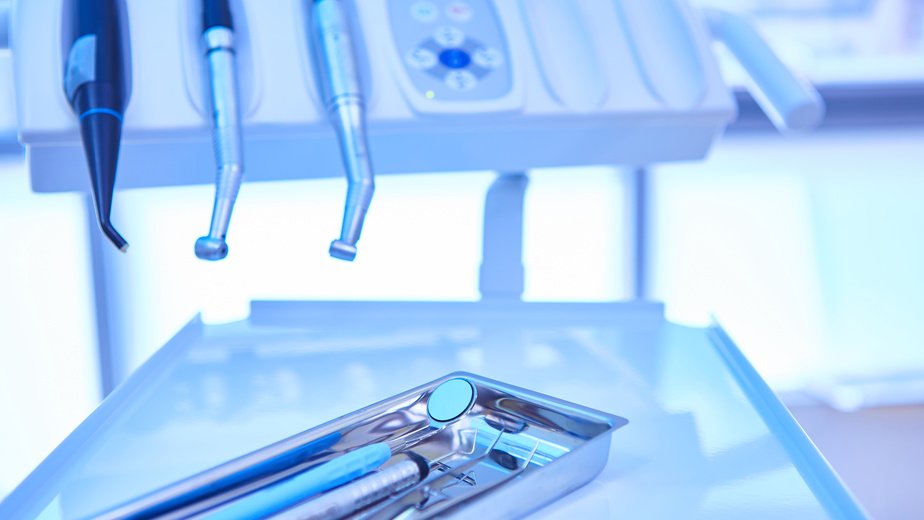
Non sterile isolation gown
- Packung mit 100 Stück Packung mit 100 Stück

Nous contacter : 01 48 01 32 89

HYGITECH Academy invites you to watch this clinical case on dental implant placement after bone...




In implant surgery, the rigor of the sterilization protocol and the quality of asepsis directly impact the safety of the procedure. The sterile assistant plays a central role in the preoperative phase, ensuring that the surgical environment meets strict aseptic standards. This preoperative pathway involves a sequence of precise steps that are essential for preventing healthcare-associated infections and ensuring the procedure runs smoothly.
Before the sterilization process begins, the sterile assistant must be aware of the planned procedure (single implant, bone graft, immediate loading, etc.), the surgeon’s preferences, and the number of people present in the operating room.
Based on this, the assistant prepares:
A customized sterilization trolley with the necessary instruments (contra-angle, tips, curettes, etc.)
Appropriate surgical kits (implant surgery, sinus lift, guided surgery, etc.)
Sterile single-use consumables: drapes, gowns, sleeves, gloves, irrigation tubing, etc.
All medical devices must be:
Cleaned, disinfected, and sterilized according to validated protocols (cycle at 134 °C for at least 18 minutes, per NF EN ISO 17665)
Stored in approved sterilization packaging, sealed and dated
Inspected for packaging integrity, expiration date, and sterility indicators
👉 Note: Any compromised or questionable material must not be brought into the operating room.
The room must be set up before the patient enters, within a controlled timeframe to ensure environmental sterility.
The sterile assistant is responsible for:
Placing sterile drapes on the table and around the patient chair
Establishing sterile zones, with a logical organization of instruments and supplies
Disinfecting surfaces using detergent-disinfectants compliant with EN 13727 and EN 13624
Setting up DASRI waste bags for immediate disposal of contaminated materials

The sterile assistant is the first to gown and enter the sterile area:
Surgical handwashing per EN 1499
Donning sterile attire (gown, gloves, cap, FFP2 or surgical mask based on risk level)
Checking the proper gowning of the rest of the team
Assisting the surgeon with sterile gowning, ensuring no aseptic breach occurs
Though part of the intraoperative phase, the sterile assistant must anticipate surgical steps and organize the instrument table accordingly:
Sequencing instruments based on the procedure’s stages
Ensuring quick access to backup items (extra sleeves, suction, hemostatic materials, etc.)


 Patient’s path
Patient’s path
 Preop non sterile nurse’s path
Preop non sterile nurse’s path
 Pre/Post op instructions
Pre/Post op instructions
